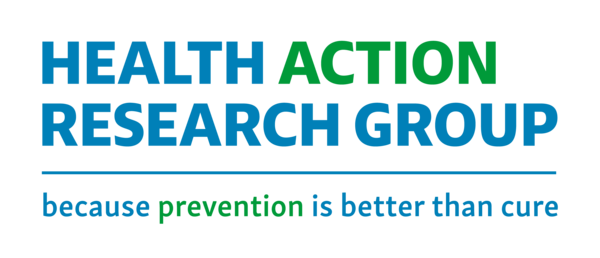Stress and Mental Health Problems
This is an increasing concern for employers. If you are expecting a lot from your staff, think how you can reduce stress and avoid triggering mental health problems - by enhancing the control employees have over their work and by the support, security and development opportunities you provide. Some practical management options are:
- A Mental Health policy, developed in consultation with staff, that sets out what you will do to reduce the risk of stress and mental illness, and support those experiencing stress or mental health conditions. Workable have a useful Mental Health Policy template to help get you started.
- Mental Health Champions, Mental Health First Aid training and support where access to specialist mental health support is needed.
- Investing in training your managers and supervisors, especially to enhance their people management skills – so they are better placed to avoid problems arising and to deal with them more effectively if they do arise.
- A Special Leave Policy which includes providing leave for family emergencies.
You may also find these resources helpful:
- Business in the Community (BIC) – Mental Health Toolkit for Employers
- Health and Safety Authority (HAS) – Work related stress, a guide for employers
- ISO 45003 – The first global standard giving practical guidance on managing psychological health at work
Musculoskeletal Disorders (MSDs)
40% of all work days lost due to ill-health in 2014/15 were attributed to MSDs - pain or injury which impacts the joints, bones and muscles, as well as back problems. Common risk factors include repetitive strain, sitting or standing in awkward positions and heavy lifting. So consider:
- Ergonomic assessment for all employees to ensure working conditions support healthy staff posture and highlight the need to regularly move around.
- Encouraging physical activity, providing alternative keyboards/adjustable chairs/standing desks, and regular screen breaks.
Tobacco, Alcohol and Drugs
17 million sick leave days each year are attributed to alcohol, while smokers claim more sick days than non-smokers each year and take more breaks during the working day. To reduce the risks to you as an employer and to your employees:
- Become a completely Smoke Free workplace i.e. don’t provide designated outdoor smoking areas. Instead, provide support for those who want to quit smoking e.g. by providing information on self-help, individual counselling, group smoking cessation groups and free or subsidised nicotine replacement therapies.
- Train managers to recognise the signs of alcohol and illegal or prescription drug addiction, and provide them with the skills and the knowledge of referral pathways to manage these instances.
Women’s Health
Women form approximately half of the UK workforce. All are likely be affected at some stage by some form of health issue related to their gender, be that endometriosis, infertility, pregnancy, miscarriage or menopause. These can have both physical and psychological implications. So:
- Promote a culture where reasonable adjustments are made to help women suffering with health issues at work e.g. simple interventions may make women experiencing pregnancy or menopause feel more comfortable, such as adjusting the office temperature, improving ventilation or allowing them to wear comfortable clothing
- Adopt sickness absence policies which recognise women’s health issues and ensure women are not disciplined for taking health-related time off work.
- Involve women in the decision-making processes and discussions around a company policy on women’s health.
Men’s Health
There are also health issues where men are more likely to be at risk, including prostate cancer. It may help to share information on the main risk factors, so male employees can seek medical advice if they are in a high risk group and also consider lifestyle changes to reduce the risk.
Men are also less likely to go their GP to seek help for mental or physical health problems. This increases the risk of late diagnosis and more serious illness. Encouraging male employees in particular to seek medical advice and facilitating doctors’ appointments may save time and money in the long run.
